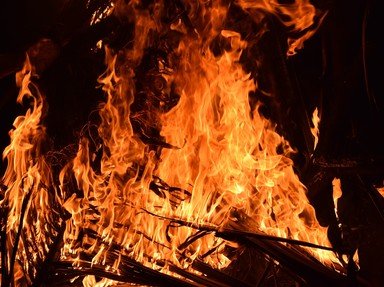Quiz Answer Key and Fun Facts
1. Which other disaster, of 1665, was prevented from causing even more loss of life due to the accident of the fire of 1666?
2. The Crown and the City of London jointly appointed a Committee of six individuals to oversee the rebuilding of London. Which of these leading architects of seventeenth century England was NOT on the Committee?
3. Christopher Wren produced a famous design for the rebuilding of London in the days following the fire. Which European city had Wren recently visited which influenced his ideas for the new city?
4. How many churches were built in accordance with the Act of Parliament for the rebuilding of London following the fire?
5. Christopher Wren was responsible for the building of many of London's churches after the fire. Which of his designs is famous for its use of all five classical architectural orders in its tower?
6. What ornament was finally chosen to sit atop the Monument, which was built to commemorate the rebuilding of London after the fire?
7. According to the text originally inscribed on the Monument, who was to blame for bringing about "the most dreadful Burning of this City"?
8. Construction on the new St Paul's Cathedral began in 1675. It was officially declared completed by Parliament in 1711. How many ruling monarchs did England have during this time?
9. Which of the following was NOT a feature of the Acts for the rebuilding of London?
10. What type of stone was the rebuilt St Paul's Cathedral made from?
Source: Author
penne1234
This quiz was reviewed by FunTrivia editor
bloomsby before going online.
Any errors found in FunTrivia content are routinely corrected through our feedback system.

